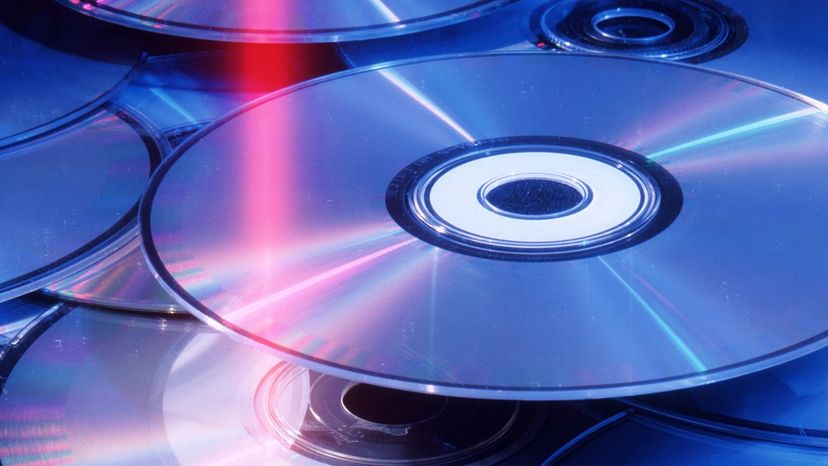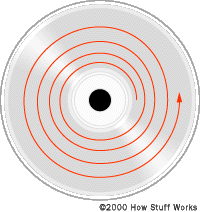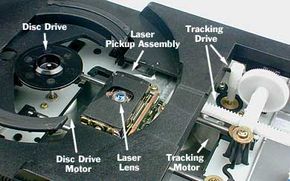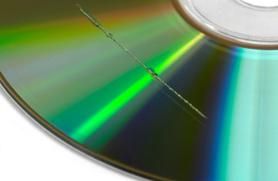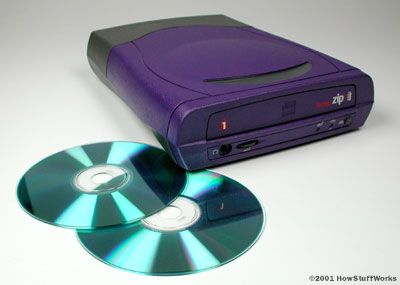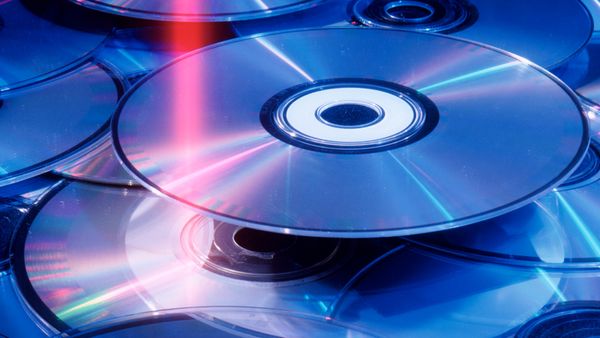The invention of the standard compact disc revolutionized the way music, data, and later video were stored and distributed, marking a significant leap from analog to digital storage media. Developed jointly by Philips and Sony, the CD format was finalized in 1982 and famously documented in the Red Book standard. This collaboration not only unified the technical specifications for the digital audio disc but also ensured its widespread acceptance across different manufacturers and industries.
The CD's innovative use of a 120 mm optical disc to store data digitally allowed for higher quality audio recordings compared to the analog formats of the time, such as vinyl records and cassette tapes. It employed a laser to read information encoded in tiny pits etched into the surface of the disc, a method that was revolutionary, providing users with unprecedented sound clarity and fidelity.
Though originally released in 1978, Billy Joel's "52nd Street" was the first compact disc produced for commercial purposes. The introduction of the CD and its players brought about a transformative impact on the music industry and consumer behavior. It gradually replaced vinyl records and cassettes as the dominant format for music albums, offering users the convenience of skipping tracks, a longer playback duration, and improved durability.
Beyond sound quality, the technology behind CDs paved the way for subsequent optical storage solutions, including the digital versatile disc (DVD) and Blu-ray disc, which expanded the capacity and types of content that could be stored, ranging from high-definition video to complex software and large databases.
The CD's innovative use of a 120 mm optical disc to store data digitally allowed for higher quality audio recordings compared to the analog formats of the time, such as vinyl records and cassette tapes. It employed a laser to read information encoded in tiny pits etched into the surface of the disc, a method that was revolutionary, providing users with unprecedented sound clarity and fidelity.
Though originally released in 1978, Billy Joel's "52nd Street" was the first compact disc produced for commercial purposes. The introduction of the CD and its players brought about a transformative impact on the music industry and consumer behavior. It gradually replaced vinyl records and cassettes as the dominant format for music albums, offering users the convenience of skipping tracks, a longer playback duration, and improved durability.
Beyond sound quality, the technology behind CDs paved the way for subsequent optical storage solutions, including the digital versatile disc (DVD) and Blu-ray disc, which expanded the capacity and types of content that could be stored, ranging from high-definition video to complex software and large databases.
